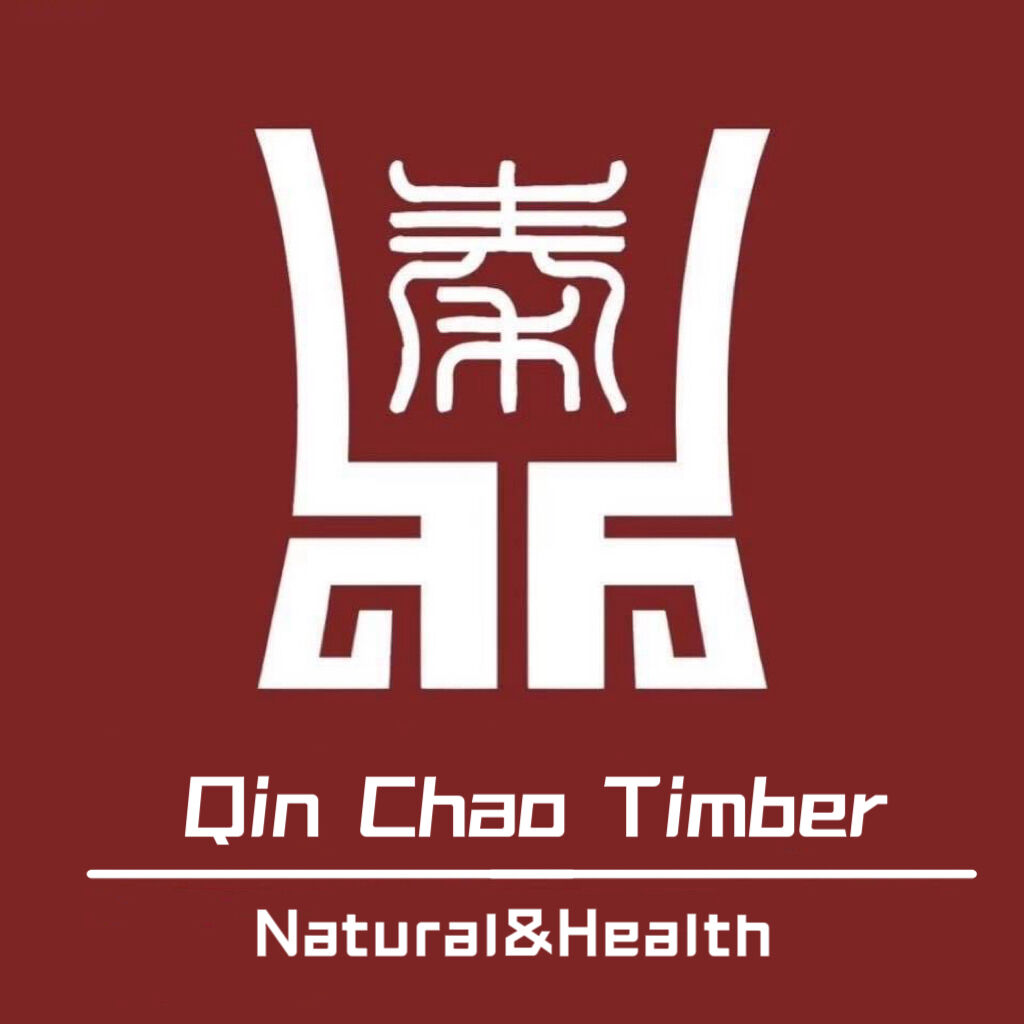Introduction: The Demands of Exterior Cladding
Choosing the right material for your exterior walls is one of the most critical decisions in building or renovating a home. The cladding is the first line of defense against sun, rain, wind, and temperature fluctuations, all while defining the aesthetic character of the structure. While many materials exist, modified wood, particularly thermally modified wood, has emerged as a premier choice for those seeking a combination of natural beauty, exceptional durability, and minimal environmental impact. This guide will explore the types of modified wood suitable for exterior walls, focusing on why thermally modified wood stands out as a superior and reliable solution for creating a stunning and long lasting facade.
Understanding Thermally Modified Wood: A Process of Transformation
At the forefront of modified wood for exterior applications is thermally modified wood. It is crucial to understand that this is not a specific species, but a product of a specialized manufacturing process. Sustainable softwoods, typically Nordic pine or spruce, are placed in a high temperature thermal modification kiln. The wood is heated to temperatures between 180 and 215 degrees Celsius in an environment controlled with steam. This steam is key, as it prevents combustion while permanently altering the wood's chemical structure. The process drastically reduces the wood's equilibrium moisture content and breaks down the hemicelluloses, which are the primary food source for decay causing organisms. The result is a transformed material that is inherently stable, durable, and resistant to rot, all without the use of any chemicals.
Why Thermally Modified Wood Excels Outdoors
The thermal modification process equips wood with a set of properties that make it ideally suited for the rigors of exterior walls. The most significant advantage is its dramatically improved dimensional stability. Unlike untreated wood, which swells with moisture and shrinks as it dries, leading to warping, cracking, and checking, thermally modified wood absorbs very little moisture. This means the boards remain straight and flat, maintaining the integrity and appearance of the wall over time. Furthermore, the wood gains a natural resistance to decay and insect infestation. With its food source eliminated, fungi and pests are no longer a threat, granting the wood a longevity that rivals many tropical hardwoods, making it a truly durable cladding option.
Aesthetic Appeal and Natural Weathering
Beyond pure performance, the aesthetic quality of cladding is paramount. Thermally modified wood offers a distinct and beautiful appearance. During the treatment, the wood develops a rich, uniform brown color that is consistent throughout the board, not just on the surface. This deep, luxurious tone gives a building an immediate sense of elegance and maturity. If left untreated, this color will not simply peel or flake off. Instead, it will gracefully weather to a soft, silvery grey patina over time, a process that many find highly desirable for its rustic, Nordic charm. This natural ageing process is uniform and aesthetically pleasing, ensuring your building continues to look beautiful for decades.
Comparing Other Wood Modification Methods
While thermal modification is a leading technology, it is helpful to understand it in the context of other methods. One common alternative is acetylation, a process that chemically alters the wood's cell walls to make them hygroscopic. Another is furfurylation, which impregnates wood with a bio based polymer. These methods also improve durability and stability. However, the thermal modification process is often distinguished by its use of only heat and steam, resulting in a completely chemical free product. This simplicity and natural approach is a significant advantage for builders and homeowners seeking a pure, environmentally benign material for their exterior walls.
Selecting the Right Grade and Profile for Your Walls
When specifying thermally modified wood for cladding, selecting the correct grade and profile is essential. For exterior walls, the Thermo D grade is the recommended choice. This grade undergoes the most intensive heat treatment, resulting in the highest level of durability and dimensional stability, which is non-negotiable for a building's facade. In terms of profiles, there are numerous options to achieve different architectural styles. Shiplap profiles provide a classic, overlapping look with effective water management. Tongue and groove profiles offer a very tight, seamless fit. For a more contemporary appearance, square-edged boards can be installed with visible shadow gaps to create dramatic light and shadow lines.
Installation and Maintenance Best Practices
Proper installation is key to maximizing the performance and lifespan of your thermally modified wood cladding. It is crucial to use corrosion-resistant fasteners, such as stainless steel, to prevent unsightly staining. The cladding must be installed over a properly ventilated battens system. This creates an air gap behind the boards that allows for continuous airflow, ensuring any moisture that does get behind the cladding can quickly evaporate, keeping the structure dry. Maintenance is remarkably low. If you wish to preserve the initial rich brown color, applying a high-quality, UV-protective oil or coating on a periodic basis is necessary. If you prefer the silvery grey patina, no maintenance is required beyond occasional cleaning to remove dirt.
Conclusion: A Sustainable and Intelligent Choice
In conclusion, when selecting a modified wood for your exterior walls, thermally modified wood presents a compelling and intelligent solution. It successfully transforms abundant, sustainable softwoods into a high-performance cladding material that rivals the durability and beauty of scarce tropical hardwoods. Its exceptional stability, natural resistance to decay, stunning aesthetics, and straightforward maintenance make it an outstanding choice for architects, builders, and homeowners alike. By choosing a reputable supplier with deep expertise in the thermal modification process, you invest in a facade that is not only beautiful and unique but also built to endure, adding lasting value and character to any building.
Table of Contents
- Introduction: The Demands of Exterior Cladding
- Understanding Thermally Modified Wood: A Process of Transformation
- Why Thermally Modified Wood Excels Outdoors
- Aesthetic Appeal and Natural Weathering
- Comparing Other Wood Modification Methods
- Selecting the Right Grade and Profile for Your Walls
- Installation and Maintenance Best Practices
- Conclusion: A Sustainable and Intelligent Choice


 Products
Products